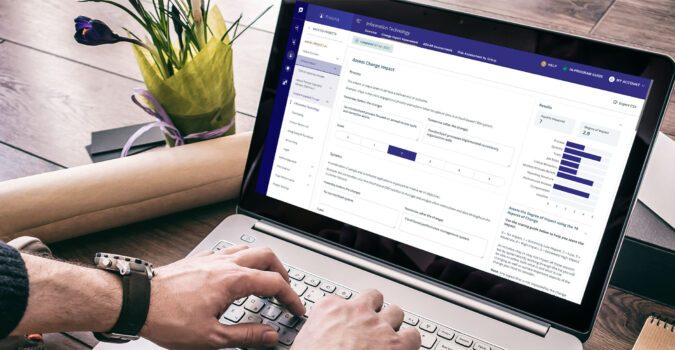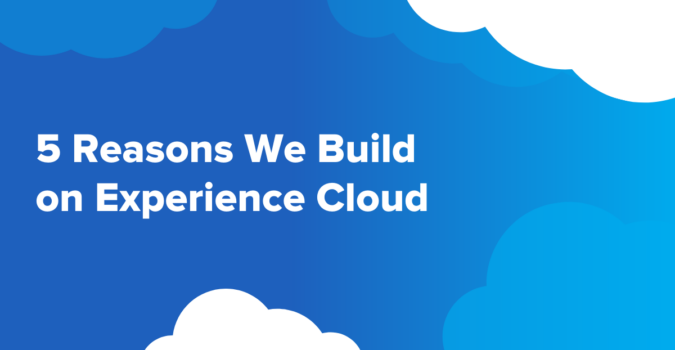Apprenticeships: How We Approach This Old, New Trend
By: The LaunchPad Lab Team / June 6, 2016
The world’s greatest coaches, actors, and chefs consistently come from the same places. The most talented in these fields train and guide up-and-comers to help them get experiential training and maximize their potential.
This trend doesn’t carry over to every industry. Whether because of the fear of losing trade secrets or creating stronger competition, apprenticeships are rarely utilized in tech.
We believe this is a mistake.
There are countless intern opportunities, educational courses, tutorials and other forms of training, but as pointed out in our first post on apprenticeships, education alone falls short.
An apprenticeship is not just education — it’s on-the-job training. And unlike an internship, apprenticeships nurture talent rather than throw them into the water before teaching them how to swim.
When you think of an intern, what do you picture?
Many of us imagine an entry-level teenager or twenty-something fresh out of college who finally wants to put to use 1% of what they’ve learned over the past four years.
Our philosophy when it comes to our apprenticeship program is that we don’t care where someone is in their life or career. We want driven learners who are constantly seeking to get better and have unlimited upside. They want to become something greater than they are now and love discovering skills and interests along the way.
This model is not without failure.
If an apprenticeship ends short of the apprentice finding a full-time role with the company, we consider it a failure. But, this doesn’t mean the company and former apprentice didn’t benefit through the process.
After all, failure is a vital aspect of apprenticeship.
Our program is designed to make sure they can fail and learn from it. This philosophy is a fundamental principle of learning at LaunchPad Lab. An apprentice is expected to struggle during the program. Those struggles are key to the learning process and we make sure to have controls in place so it never impacts the work delivered to clients.
Apprenticeships at LaunchPad Lab are split into three sections; one each month of the three-month program.
1. Getting Acclimated
In the first month, apprentices learn about the company and themselves. They’ll learn who we are, our process, and the tools we use.
During this first month, apprentices will select a side project to work on with a mentor. The side project is meant to give them freedom to work on something they are passionate about while giving them the flexibility to iterate, refactor and throw out what they are working on. In other words: Fast failing and learning. They are encouraged to present the project with their mentor at our company “demo day.”
The project might be a more of a learning project or might be good enough to find a home in SPACE, our venture arm. Either way the benefits of the side project are that they get more one-on-one time with a mentor, an opportunity to work on something they are passionate about and an opportunity to further develop their skills.
Lastly, during this month period, they will discover their strengths and weaknesses as a designer and developer. By the end of the month, the apprentice will be ready to focus on and develop specific skills.
2. Skills development
In the second month, we help them dive as deep as possible into what they want to get better at. Instead of giving them an overview of every programming language and current trends, they can decide which to learn and master, and we’ll give them support, guidance, and resources. We don’t believe in a “one size fits all” curriculum for apprentices. We believe in identifying the areas for improvement and providing an environment to consistently help them become better.
In the second half of the month, apprentices should have the skills they need for us to start sprinkling in client work. We don’t make them solely responsible for delivering client work but they can start getting their feet wet and start contributing. We start with projects that aren’t time sensitive and are backed up by our senior staff.This gives the apprentice the ability to spend extra time both building for the client and learning.
3. Client projects
The door to our clients opens up in the third month, allowing the apprentice to sit in on client meetings, deal directly with them, and have ongoing client interactions throughout the month. This is where skills outside of programming and tech development are learned and nurtured.
At the end of the third month, the apprentice has a full understanding of the business, better understands their strengths and weaknesses, is a much stronger designer or developer, has started mastering what they’re interested in, and has experience working directly with clients.
This all happens in a low-risk environment, and now the apprentice has the ability to step right into a job they know and are good at with a company they know and trust. The mentorship aspect of the process also develops relationships and trust among the new employee and current staff.
For us, these three months help us know more about this person than some companies know about senior level employees. We can put them in a full-time role that suits their interests and skills, and they know exactly what to expect from us.
The program leads to a seamless transition from the third month as an apprentice to the first day as a salaried employee.
And, so far, seven apprentices have turned into valuable employees – and that’s a tremendous success.
If your company isn’t taking advantage of the opportunities that come with an apprenticeship program, you aren’t getting the most out of your talent.
In the next couple of weeks, we’ll conclude this series by providing you with actionable advice on how to start your own apprenticeship program that can be integrated into your everyday business.
Don’t want to wait a week or two or have questions that I could help answer today? Let’s talk!
Ready to Build Something Great?
Partner with us to develop technology to grow your business.



